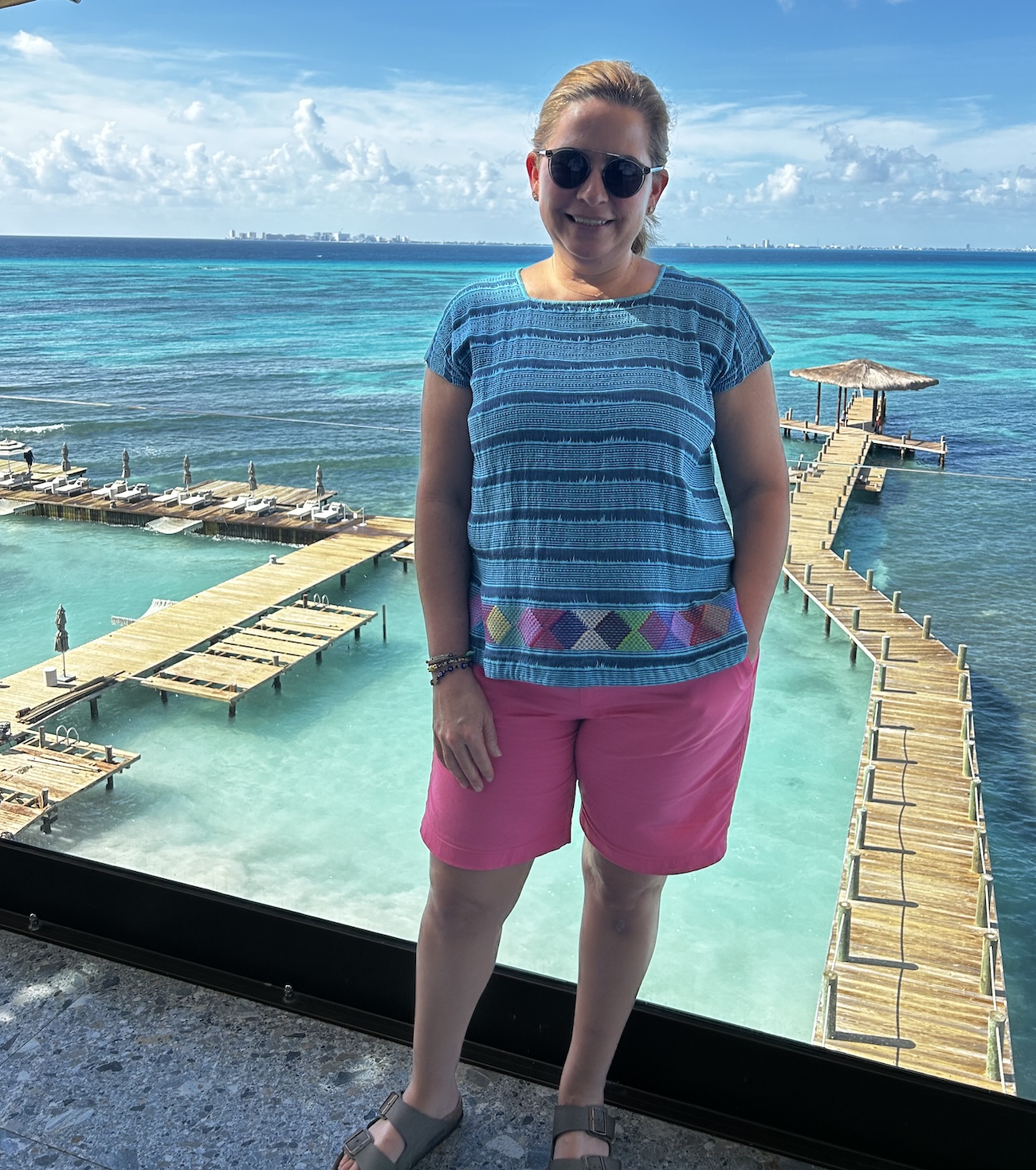Cultural Preferences Drive Tourism
By Melissa Vela-Williamson, M.A., APR, Fellow PRSA
August 2024
People travel for a multitude of reasons. Many enjoy travel as part of their leisure activities — a vacation away from the usual routine of everyday life. Others travel for work, a mission or other necessary obligations.
The World Tourism Organization (UN Tourism) defines tourism as “a social, cultural and economic phenomenon which entails the movement of people to countries or places outside their usual environment for personal or business/professional purposes.”
To me, tourism describes a specific type of travel. Tourists are looking to explore new places and spaces via travel. Their cultural preferences can influence people to travel to a particular city, state or country. What it means to have fun, relax or go on an adventure can be very different among people — even within a family.
My recent trip to Walt Disney World with my family and members of our Girl Scout troop illustrated just how subjective “fun” can be. Some of us thought thrill rides like the Tower of Terror were fantastic! Others of us wouldn’t get on that big drop ride for all the coaxing in the world.
Consider the cultural expressions and behaviors within a theme park like Magic Kingdom. It’s not unusual to see adults wearing Goofy hats, people trading pins of their favorite characters and using the Disney app and wearable Magic Bands to book Lighting Lanes times to cut down waiting in ride lines. It’s indeed a whole different “world” at the Disney theme parks, and acculturating quickly will help people have an optimized experience. However, some people get overwhelmed by all the unspoken theme park rules and have difficulty adjusting to them.
From a PR point of view, we must tailor our approach based on the environment and individuals within it. That’s why it’s not just the destination that matters. We must understand the people who venture into it — learning why someone wants to travel and their goals in doing so helps.
For example, if my goal is to relax, then I prefer oceanfront properties where the waves are turquoise, and the vibe is laid-back. To explore, I like a city that offers different sights, shows and dining experiences.
Communicators can learn from Monica Velasco, owner/adviser of AzulBlue Journeys. She shares the cultural competencies pros should leverage to delight tourists of all types.
What inspired you to specialize in travel and tourism?
My family has worked in the hospitality industry since before I was born. [My father] was a hotel manager who was passionate about his profession and optimistic about its opportunities. He instilled those characteristics into me. I called the hotels my father worked at home. I’ve been a proud travel agency owner for 18 years and I’m a travel warrior, hotel snob and addicted to my passport.
How do you approach driving tourism to destinations?
Suggesting destinations is all based on what my clients are looking for. It can range from something as simple as a beautiful beach to a full cultural immersion “doing what the locals do.” Every client plays in a different comfort zone.
What role does cultural competency play in your work?
The biggest role! If I am not able to understand my client’s approach to culture, I will not be able to provide them with a memorable vacation experience (or it may be memorable for all the wrong reasons!) Different clients have different comfort levels and it is important that I respect their needs.
What matters most to travelers regarding having a memorable experience?
Having a trusted travel adviser who will hold their hand along the way matters. Someone they can reach out to in case something goes wrong (or extremely well) and someone they can rely on for help and assurance.
What tips do you have for communicators who strive to shape tourism outcomes?
Follow tourism trends, but be willing to understand that the tourism industry is not cookie-cutter. There is something for everyone, even within the same destination.



